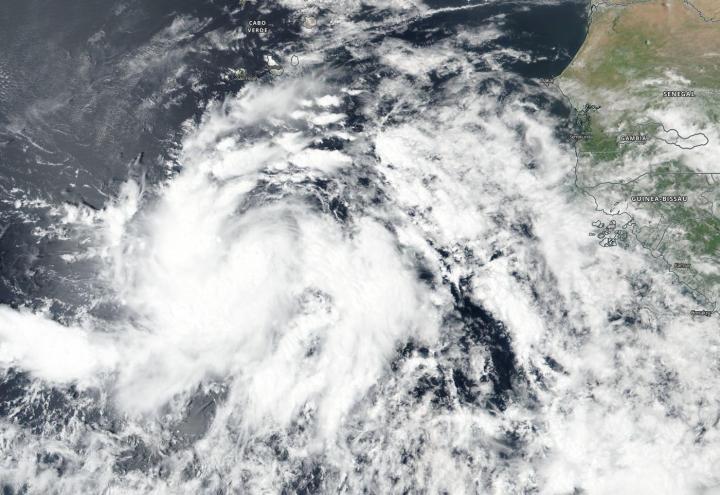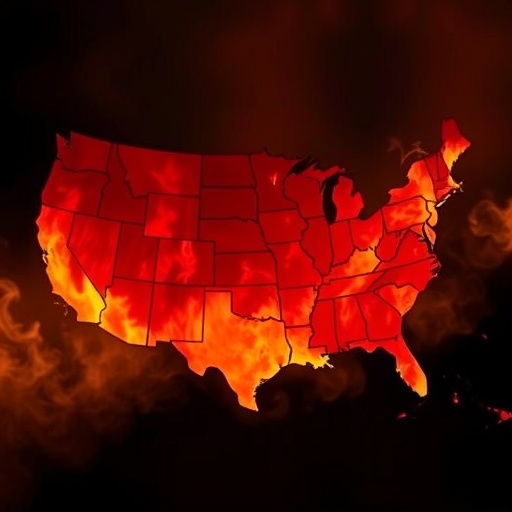
Credit: NASA/NOAA/NRL
Tropical Storm Lorenzo continued to strengthen and appeared more organized on visible imagery from NASA-NOAA’s Suomi NPP satellite.
The shape of the storm is a clue to forecasters that a storm is either strengthening or weakening. If a storm takes on a more rounded shape it is getting more organized and strengthening. Conversely, if it becomes less rounded or elongated, it is a sign the storm is weakening.
On Sept. 24, the Visible Infrared Imaging Radiometer Suite (VIIRS) instrument aboard Suomi NPP provided a visible image of Lorenzo and showed it had become more organized over the previous 24 hours. The VIIRS image showed that many curved bands of thunderstorms have formed around the low-level center and there is a newly formed central dense overcast. A microwave image taken in the overnight hours showed that Lorenzo already had a very small central core.
NOAA’s National Hurricane Center or NHC said Lorenzo is located near latitude 12.0 degrees north and longitude 28.0 degrees west. Lorenzo is centered about 301 miles (500 km) southwest of the southwestern most Cabo Verde Islands. Lorenzo is moving toward the west-northwest near 16 mph (26 kph). This general motion with some decrease in forward speed is expected for the next couple of days, followed by a turn to the northwest on Thursday. Maximum sustained winds have increased to near 65 mph (100 kph) with higher gusts. The estimated minimum central pressure is 999 millibars.
Conditions seem to be ripe for further intensification because Lorenzo is moving over warm waters, is surrounded by humid mid-level air, and is only dealing with weak to moderate wind shear (outside winds that if strong enough can weaken a storm). Lorenzo is forecast to become a hurricane later today, Sept. 24. NHC forecasters said that Lorenzo could become a major hurricane on Thursday, Sept. 26.
###
Hurricanes are the most powerful weather event on Earth. NASA’s expertise in space and scientific exploration contributes to essential services provided to the American people by other federal agencies, such as hurricane weather forecasting.
For updated forecasts. Visit: http://www.
By Rob Gutro
NASA’s Goddard Space Flight Center
Media Contact
Rob Gutro
[email protected]
Original Source
https:/




